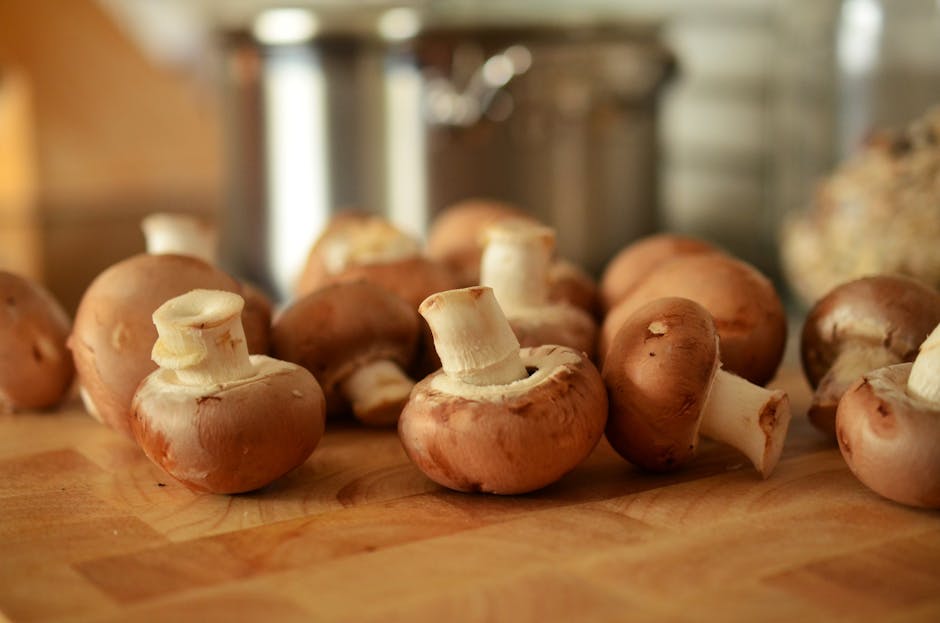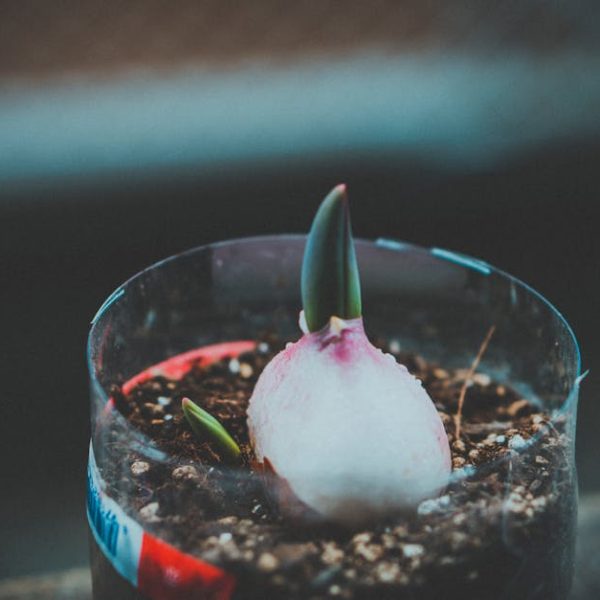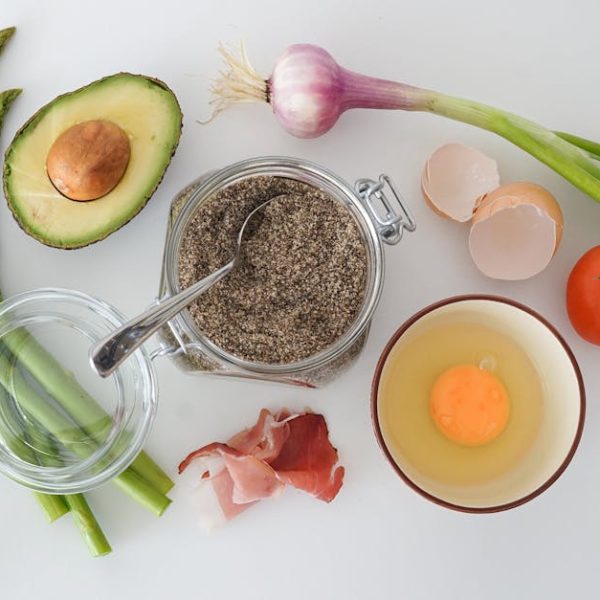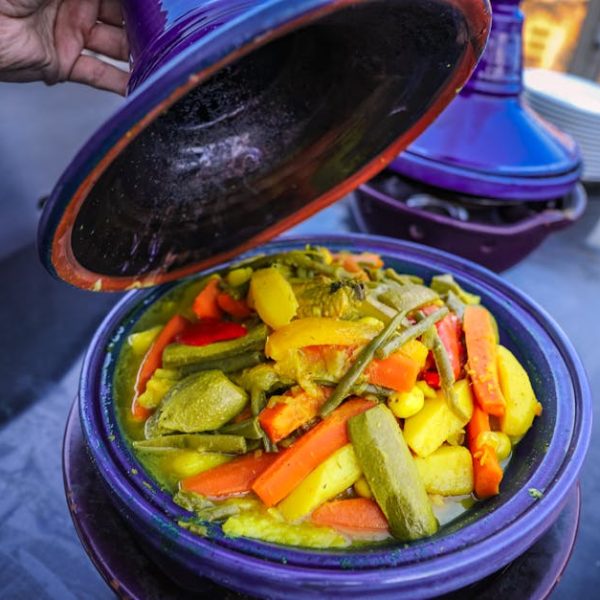The essence of every culinary masterpiece lies in its ingredients, with freshness exponentially enhancing the final outcome. Worldwide, mushrooms have been cooked, celebrated, and relished – but their delicate nature presents a challenge in terms of storage. To maintain their distinct flavor, texture and nutrition, understanding mushroom freshness is critical.
Freshness in mushrooms is typically indicated by three key factors: their texture, color, and smell. A fresh mushroom is firm with a tough stem and caps that are closed around the gills. A drastic deviation from its natural, generally earthy and pleasant smell is a tell-tale sign of a mushroom past its prime. As for its color, any drastic changes as they age is another strong indicator of freshness. Not only does storing mushrooms correctly prolong their lifespan and preserve their quality, but it also reduces food waste – a win-win situation!
When shopping, choose fungi that is visibly fresh – firm not flabby, free from dark spots, and without a slimy coating. It’s best to buy mushrooms that are tightly packaged as they are less likely to be damaged. Remember, quality ingredients make quality meals!
Tips for Short-term Mushroom Storage
Mushrooms are delicate in nature and necessitate careful storage, especially when intended for short-term use. Don’t wash or slice them before storing – excessive moisture promotes the growth of mold and slicing them exposes more surface area to air thus speeding up its degrading process.
Here’s a checklist to follow for short-term mushroom storage:
- Transfer your mushrooms out of their plastic packaging, if any.
- Wipe off any visible dirt with a dry cloth or kitchen towel.
- Store them in a breathable bag, preferably paper.
- Store them in the refrigerator where they remain cold but not freezing.
Paper bags are highly recommended over plastic ones. Whereas a closed plastic bag encourages condensation leading to faster spoilage, a paper bag absorbs excess moisture thus reducing the risk of mold formation.
Guide to Long-term Mushroom Storage
Planning to store your mushrooms for a longer period? You can safely do so without compromising much on their quality and freshness. The key lies in preparation and the precise method of storage employed. The three most common long-term storage methods include freezing, dehydrating, and canning.
To freeze mushrooms, follow these steps:
- Rinse and trim your mushrooms.
- Blanche mushrooms by steaming or boiling.
- Drain and let them cool.
- Place them on a baking sheet in a single layer and freeze.
- Transfer the now-frozen mushrooms to a freezer bag or an airtight container and put back in the freezer.
Freezing mushrooms, while retaining their nutritional profile, slightly alters their texture making it an ideal storage method for mushrooms that will be cooked. Round it off by labeling your containers with the date of storage, and you’ll have a neat supply of mushrooms ready at your disposal. Common Mistakes in Mushroom Storage
As much as it’s essential to know how to store your mushrooms, it’s equally crucial to be aware of common mistakes to avoid. Such errors can lead to a quicker loss of freshness or even potential health hazards. Here are some general errors often made in mushroom storage:
- Washing before storing: Mushrooms are like sponges and can absorb water quickly, leading to a faster spoilage rate. Clean them just before use.
- Using airtight containers for storage: Mushrooms need to breathe. Using sealed containers or plastic bags can speed up the rotting process.
- Leaving them out at room temperature for too long: Mushrooms spoil faster at room temperature. They should be refrigerated as soon as possible after purchase.
- Freezing without blanching: Directly freezing mushrooms can make them mushy and affect taste. Blanching helps to halt the enzymatic process, preserving their flavor and texture.
By avoiding these mistakes, you can ensure your mushrooms stay fresh, flavorful, and safe to eat for an extended period.
Considerations for Different Types of Mushrooms
Despite common belief, not all mushrooms are stored the same way. The method may vary based on the kind of mushroom due to their unique properties. For instance, morels have a short shelf life and ideally should be consumed immediately while portobello and shiitake can last about a week in the refrigerator.
Here’s a comparison of storage methods for different types of mushrooms:
| Mushroom Type | Short-term Storage | Long-term Storage |
|---|---|---|
| Button | Paper bag in refrigerator | Freezing or Drying |
| Cremini | Refrigerated in original packaging | Freezing or Canning |
| Portobello | Store in paper bag in refrigerator | Freezing after grilling/roasting |
| Shiitake | Paper bag in refrigerator | Drying |
![]()
Pro tip: For more delicate types like oyster mushrooms, it’s best to consume them at the earliest as they spoil much quicker. If you must store, a paper bag in the refrigerator is your best bet.
Remember, every mushroom is unique and so is its storage method. So, the next time you stock up, ensure you store them right!
By following these simple tips and practices, you can keep your mushrooms fresh for longer irrespective of their type, thereby reducing waste and enjoying the bold, earthy flavor of fresh mushrooms in your meals longer. Happy cooking!
Key Takeaway:
- Freshness in mushrooms can be indicated by their texture, color, and smell. It’s important to pick fresh mushrooms to prolong their lifespan and preserve the quality.
- Short-term storage involves not washing or slicing mushrooms before storing, wiping visible dirt with a dry cloth, storing in a breathable bag, and refrigerating.
- Long-term solutions consist of using methods such as freezing, dehydrating, and canning. Freeze by rinsing, trimming, blanching, freezing separately on a baking sheet, and then storing in airtight containers.
- Common mistakes include washing before storing, using sealed containers, leaving at room temperature for too long, and freezing without blanching.
- There are specific storage considerations depending on the type of mushroom. For instance, button mushrooms can be stored in a paper bag in the fridge or frozen, while Shiitake can be stored similarly or dried.
Understanding and implementing these tips will greatly impact the lifespan of your mushrooms, allowing you to not just reduce food waste but also retain the delicious and distinct flavors of different mushroom variants.
FAQs
Q: What do I do if my mushrooms have developed a slimy coating?
A: This is an indicator that the mushrooms are spoiling. If the sliminess is not excessive, you can wipe it off and cook them immediately. However, if the sliminess is extreme and accompanied by a foul smell, the mushrooms should be discarded.
Q: How do I store mushrooms if I’ve already sliced them?
A: If you’ve already sliced your mushrooms, they need to be used as soon as possible. Exposing more surface area to air speeds up the degrading process. If they must be stored, place them in a paper bag to keep them dry and refrigerate.
Q: Can I store different types of mushrooms together?
A: Although each type of mushroom has unique storage needs, they can generally be stored together for a short period in the refrigerator in a paper bag. However, for prolonged storage, it is recommended to store them based on their individual storage requirements.
Q: What’s the difference between drying and dehydrating mushrooms?
A: Both drying and dehydrating are methods of food preservation that work by removing moisture. In common usage, drying can refer to air drying in a warm place, while dehydrating often implies an appliance-based process that may include heat and a fan. Both methods should result in thoroughly-dried, brittle mushrooms that can be stored at room temperature for an extended period.
Q: Is it safe to freeze fresh mushrooms without blanching?
A: It’s not recommended. Blanching is a crucial step to halt the enzymatic process that can affect the flavor and texture of your mushrooms. Freezing without blanching can result in mushrooms that have a mushy texture and an odd taste when thawed.
Enjoyed reading this article? Feel free to share it with others who might find it useful too. Find more posts like this on our website.






